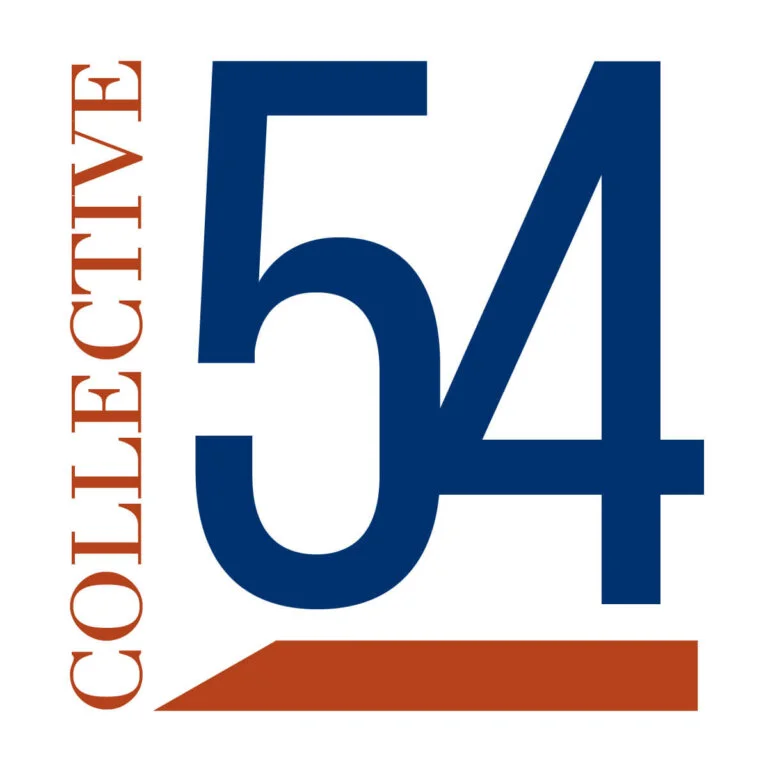|
Getting your Trinity Audio player ready... |
Thought Leadership in the AI Era: How to Cut Through the Noise

Content just became cheap. If you haven’t noticed, you now have access to millions of AI-generated articles explaining how AI is changing content. Take the AI of your choice – it lowers the threshold for publishing ideas.
We’ve seen this story before. In the early 2000s, blogs made it incredibly easy for anyone to share their ideas. Before long, we were inundated with blogs. Later, podcasts did the same thing. Radio used to be a moat. Then podcasts arrived, and suddenly anyone could broadcast their ideas.
The effect? Noise. Lots and lots of noise.
The never-ending challenge of marketing is cutting through that noise. And the proven tactic has always been differentiation.
Here’s the good news: if you want to up your thought leadership game in the AI era, you already have the ultimate differentiator. You.
Thought leadership works when you lean into the unique 40 trillion cells that make you who you are. Here’s how.
1. Tell Stories
Since we were drawing pictographs on cave walls, humans have been drawn to stories. Whether it’s around a campfire or on the LinkedIn news feed, stories stop people in their tracks.
Whatever lesson you’re trying to impart, package it in a story. Stories are like bacon. Wrap them around anything, and they’re instantly irresistible.
2. Add Context to Your Advice
Everyone is out there opining and pitching advice. What sets you apart is context.
Let’s say you’re giving this advice on LinkedIn, no context: “Here’s the one mistake CEOsall make.” What makes this person worth listening to? No idea.
Now let’s do it again, with context: “I’ve worked with 500 CEOs creating content on LinkedIn. Here’s the one mistake they all make.”
See what happened there? You don’t just give advice – you earn attention by proving why you’re worth listening to. Don’t lead with generic advice. Lead with the context that makes your perspective unique.
3. Embrace Imperfection
AI-written content is easy to spot. It’s too clean. Too sterile. And people instinctively look away.
Humans connect through imperfection, not polish. So write the way you talk, not the way a robot computes. Open up about mistakes you’ve made. Share regrets. Vulnerability creates connection.
When you’re imperfect, people lean in.
4. Build in Public
Building in public separates you from leaders who are just “humbled to be featured by…”. It pulls back the curtain and invites people into your journey.
Talk about where your company is today. Share the challenges you’re facing. Explain your origin story. Show the mistakes you’ve made, the lessons you’ve learned, and the people shaping your path.
Instead of presenting a polished version of your building journey, open up the door to the mess. It takes courage – but it’s magnetic.
Where to Focus: LinkedIn
For the last three years, my advice hasn’t changed. If you’re doing thought leadership, focus on LinkedIn.
Why? Because it’s hard to convince people to come to your website. But it’s easy to show up where they already are.
And I guarantee – if you’re in a services business – every stakeholder you care about is already on LinkedIn:
- Employees
- Prospective employees
- Customers and prospects
- Investors and acquirers
- Publicity and press
Don’t waste energy trying to drive people elsewhere. Go where they are.
Conclusion: Timeless Fundamentals Meet New Tools
As in any time of change, the key is to stick to the fundamentals while embracing innovation.
AI isn’t going away. It can be a force multiplier for amplifying your ideas and extending your reach. But the fundamentals of thought leadership remain timeless:
- Tell stories
- Add context to your advice
- Embrace imperfection
- Build in public
These principles worked before AI, and they’ll continue to work in the AI era. Stick with them, and you’ll stand out.
